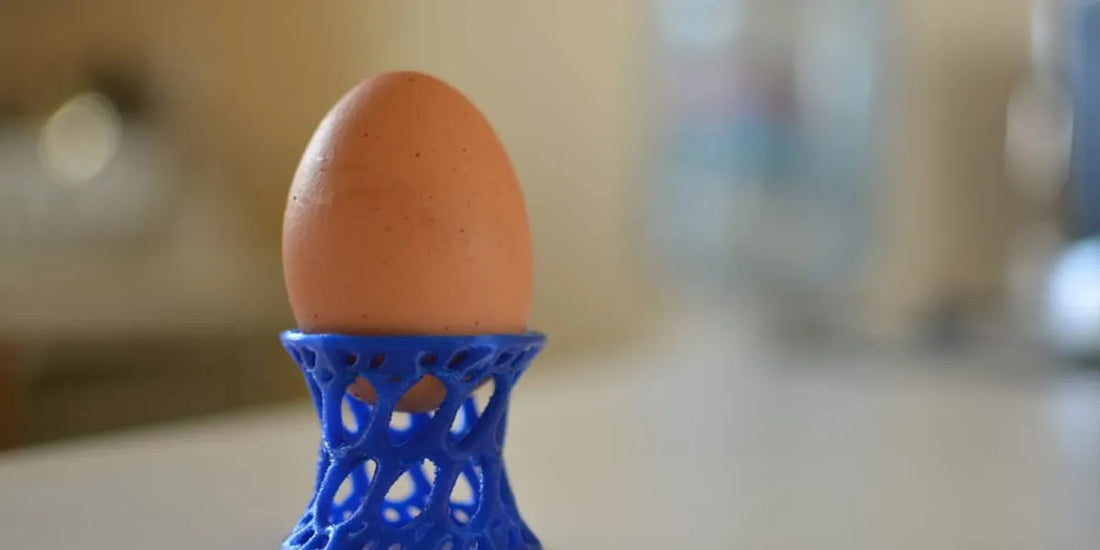Polylactic Acid, more commonly known as PLA, is an increasingly popular choice for various products, including children's toys. PLA is a type of biodegradable plastic derived from renewable sources such as cornstarch, sugarcane, or tapioca roots. Given its inherent properties, PLA's future in the realm of children's toys and infant products seems promising.
Safety of PLA:
One of the main reasons why PLA is considered safe for human use, particularly for children, lies in its source materials. Unlike traditional plastics, which are often derived from petroleum and contain potentially harmful additives, PLA is made from organic and renewable sources. It does not contain phthalates, lead, or other toxins that could leach into the human body, making it a safer option for children's toys and products.
Moreover, PLA is biocompatible and has been used in medical applications, including sutures, implants, and drug delivery systems. This testifies to its safety for human exposure. It is also non-allergenic, making it less likely to cause allergic reactions.
PLA in Children's Products and Toys:
PLA's aforementioned safety aspects make it an attractive material for children's products and toys. With its potential to be molded into various shapes and sizes, PLA offers a broad scope of possibilities for toy manufacturers. Moreover, parents can feel more at ease knowing their children are playing with toys made from a more environmentally friendly and safer material.
Furthermore, PLA's versatility allows for its use in other children-related products. For instance, it can be used to make baby bottles, pacifiers, or even disposable diapers, reducing the environmental impact and ensuring safety for the baby.
Future Trends of PLA:
As consumers become more aware of the environmental impact of their purchases and the safety of the materials used in the products they buy, the demand for PLA is likely to increase. Moreover, as technology advances, PLA production is likely to become more efficient and cost-effective, making it an even more viable alternative to traditional plastics.
Advancements in PLA blends and composites may also expand its uses. For instance, blends of PLA with other biodegradable polymers could enhance its properties and open up new applications.
In conclusion, the future looks bright for PLA in the realm of children's toys and beyond. Its safety, biocompatibility, and environmental benefits, combined with increasing consumer awareness and technological advancements, position PLA as a promising material for the future.

